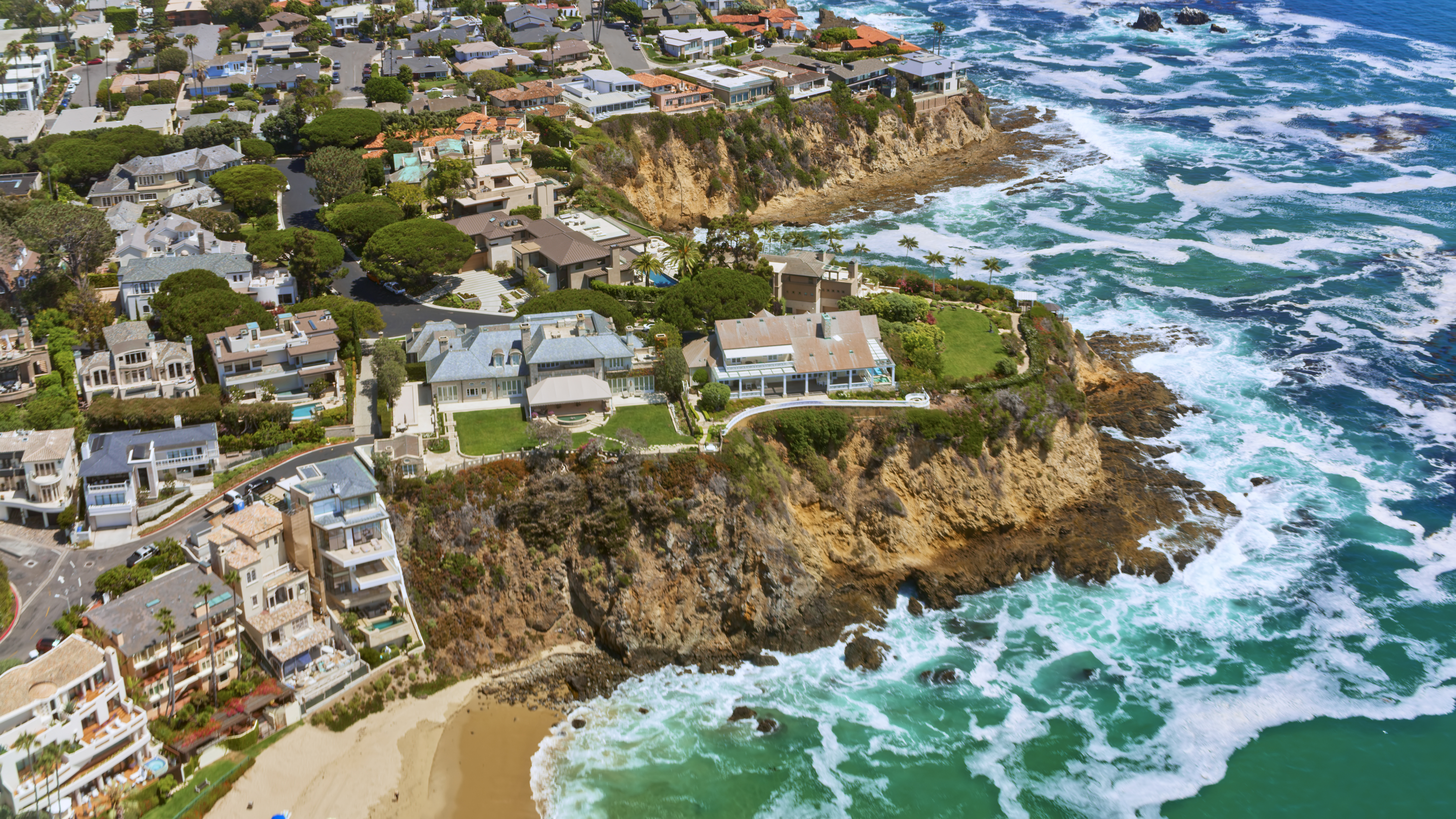
Get matched with top earthquake retrofitting specialists in Peoria, IL
Enter your ZIP and get matched with up to 5 pros
Need a pro for your earthquake retrofitting project in Peoria, IL?
Find Earthquake retrofitting specialists in Peoria
No results for Earthquake retrofitting specialist in
Try adjusting your search criteria.The Peoria, IL homeowners’ guide to earthquake retrofitting services
From average costs to expert advice, get all the answers you need to get your job done.
 •
•Discover how much it costs to repair earthquake damage. Learn about average costs, key factors, and ways to save on earthquake repairs for your home.

A seismic shut-off valve stops the flow of gas during an earthquake, protecting your home from fires and explosions. Here’s what your earthquake valve installation cost will look like.
 •
•Earthquake retrofit costs vary based on home size, location, and project scope. Learn what impacts your price and how to budget for a safer, more secure home.

Is earthquake retrofitting worth the cost and time? Learn whether seismic updates are a smart idea for your home and how to do it right.

In a seismic event, an earthquake gas shut-off valve could stop gas leaks and save your life. Learn more about its costs, installation, and benefits.

If you live in an older home in an area prone to seismic activity, you likely need to hire a seismic retrofitting company to protect your home from earthquakes.
- Window Cleaning in Peoria
- House Cleaning in Peoria
- Snow Removal in Peoria
- Lawn Mower Repair in Peoria
- Window Cleaning in Peoria
- Snow Removal in Peoria
- House Cleaning in Peoria
- Lawn Mower Repair in Peoria
- Trampoline Assembly in Peoria
- Sink Installation in Peoria
- Plumbing in Peoria
- Electrical in Peoria
- Handyman Service in Peoria
- Landscaping in Peoria
- Roofing in Peoria
- Locksmiths in Peoria
- Hvac in Peoria
- Lawn Care in Peoria
- Air Duct Cleaning in Peoria
- Painting in Peoria
- Appliance Repair in Peoria
- Lawn And Yard Work in Peoria
- Interior Painting in Peoria
- Ev Charger Installer in Peoria
- Drain Cleaning in Peoria
- Contractor in Peoria
- Gutter Cleaning in Peoria
- Pressure Washing in Peoria
- Boiler Repair in Peoria
- Flooring in Peoria